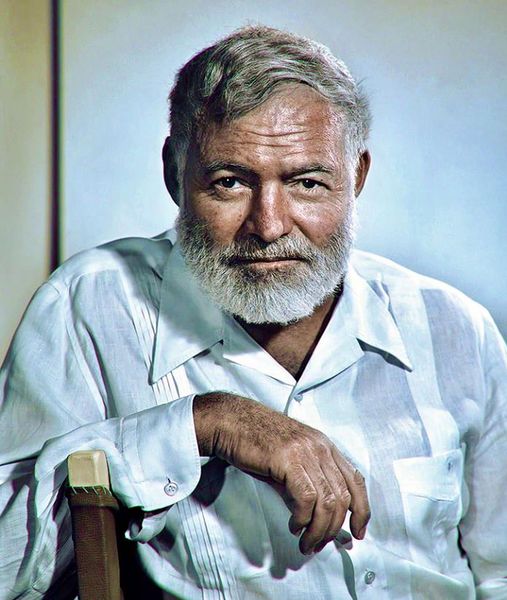Förutseende Hemingway
2024-08-23

In *The Sun Also Rises*, Ernest Hemingway explores the erosion of morality through the disillusioned and aimless lives of his characters, who are part of the "Lost Generation" that emerged after World War I. The novel depicts a world where traditional values have been shattered by the trauma of the war, leading to a sense of moral decay and existential despair.
Hemingway's characters, like Jake Barnes and Lady Brett Ashley, navigate a landscape where the old moral codes no longer apply. Their lives are marked by a pursuit of fleeting pleasures—alcohol, sex, and travel—as they struggle to find meaning in a world devoid of the moral certainties that once guided them. This pursuit often leads to self-destructive behaviour and a deep sense of emptiness.
The novel’s portrayal of morality is closely tied to its depiction of love and relationships. Brett’s numerous affairs and the complicated dynamics between the characters underscore a loss of genuine connection and commitment. The characters’ inability to find fulfilment in these relationships reflects the broader sense of moral confusion and the breakdown of traditional values.
Hemingway’s sparse, direct prose mirrors the stark reality of this moral decline, capturing the characters’ internal struggles and the pervasive sense of disillusionment. Through their experiences, *The Sun Also Rises* presents a powerful commentary on the death of morality in a post-war world, where the old structures of meaning have crumbled, leaving individuals adrift and searching for new forms of purpose. #ernesthemingway
Visa ditt stöd till det informationsarbete Carl genomför
Patreon
Swish

Scanna QR eller skicka till 076-118 25 68. Mottagare är Caroline Norberg.
